Sew a Quilted Reading Glasses Case
Hello all!
Today I have a quick and easy gift that you can make in one hour using small scraps of fabric and batting and a few simple tools.
If you want to use a single piece of fabric for either the top or the lining, you will need a piece approximately 5 ½ by 6 ½ inches (a little bigger for the lining), otherwise, you can piece together smaller scraps. You will also need the pattern, a 5 ½” by 6 ½” piece of low loft batting, 18” of ⅜” double fold bias tape and matching thread for piecing, as well as a contrasting thread for the quilting. As far as tools, we will use a mat and rotary cutter, a quilting ruler, a ¼” foot, a stitch-in-the-ditch foot, a zigzag foot, and a binding foot (#10, #27, #12 and #32 respectively in the 32 Presser Foot Set).
If you want to make your own bias tape, Madam Sew has a fabulous kit with everything you need, and there is a tutorial on this blog on how to use it!
Piecing And Sewing The Top
I’m going to use blue linen scrap from an old shirt and a strip of cotton lawn to piece together the outside of my case. The linen piece is roughly cut to be at least ½” larger than the pattern on all sides.
Download the free pattern here!
I decided on two stripes with the contrasting cotton, so I am going to make two horizontal cuts on my linen piece, using the pattern as a rough guide to decide where to make my cuts. Check out An’s tutorial on how to safely use a rotary cutter for more details.
The next step is to sew the lawn strips to the linen pieces. Use your ¼” foot for a perfect seam. Start with the center linen piece, attaching a strip to both the top and bottom edges (right sides together, of course); and then attach the remaining linen pieces to the free edge of each lawn strip.
Iron the seams towards the main pieces.
Making The Quilt Sandwich
The case is essentially a mini-quilt, so we are going to make a quilt sandwich like we normally would.
|
Lay the lining wrong side up and smooth it out. |
|
|
Center the batting on top and smooth it out. |
|
|
Repeat with the top, right side up. |
|
Use a few curved quilting pins to secure the layers together.
Quilting
Since the case is so small, I decided to just use my stitch-in-the-ditch foot to edgestitch the linen along the sides of the lawn strips.
Position the edge of the fabric against the side of the blade and adjust your needle position so that it is slightly to the left.
Using a medium stitch length, gently move the fabric against the guide to create the edgestitch.
Repeat this process with the remaining three edges. At this point, you can switch back to your ¼” foot, or even your open-toe walking foot to do some more quilting lines. I decided I like my case with just the edgestitching lines :-).
Trimming
Print and cut the pattern and lay it centered on your quilted piece. If they don’t interfere with your ruler, use pins to keep it in place.
The easiest way to cut this pattern is to use a ruler and first cut a rectangle. Place the ruler on top of your pattern, aligning it with one side (I’m a leftie, so I use the left side, if you are a rightie… well, you know what to do). Starting at the bottom (remember to always cut away from your body), apply even pressure and slide the cutter alongside the ruler. Turn your work and repeat on all four sides, ignoring the curves and the diagonal cut.
Now you can deal with that diagonal cut on the top and use scissors or a smaller diameter rotary cutter for the curves.
If, like me, you have done minimal quilting, you may want to secure the edges together with a narrow zigzag stitch.
Binding
All that is left to do is bind! With Madam Sew’s binding foot it will be a cinch, but of course you can use a different method if you want to work harder :-). We need to bind the top edge first, with the wrong side facing, start at the diagonal angle and stop short of the first curve (top right corner).
When you get to the curve, remember that the binding foot takes care of keeping the binding in place, all you have to do is guide the quilted piece through the foot’s groove and under the needle. Go slowly and stop often to readjust.
Once you have that edge done, fold the case in half so that the diagonal edge is on top, trim the excess tape hanging at the beginning spot, and pin the folded case aligning the straight edges. Once you get past the curve, you are going to bind both sides together, so you may need to adjust your stitch length to make it longer.
Continue attaching the binding, turning the lower curved corner and sewing past the edge of the folded corner.
Trim the loose end to ⅜”, fold inwards, and hand sew towards the back.
Look at what you made! It’s a fast little project that you can churn out by the dozen in no time! Especially if you do a sort of assembly line, where you do all the cutting at once, then the quilting, etc. And you can match your fabric choices to each recipient for a nice personalized gift. Do you think you will embrace my free cutting style, or are you a proper quilter ;-)?







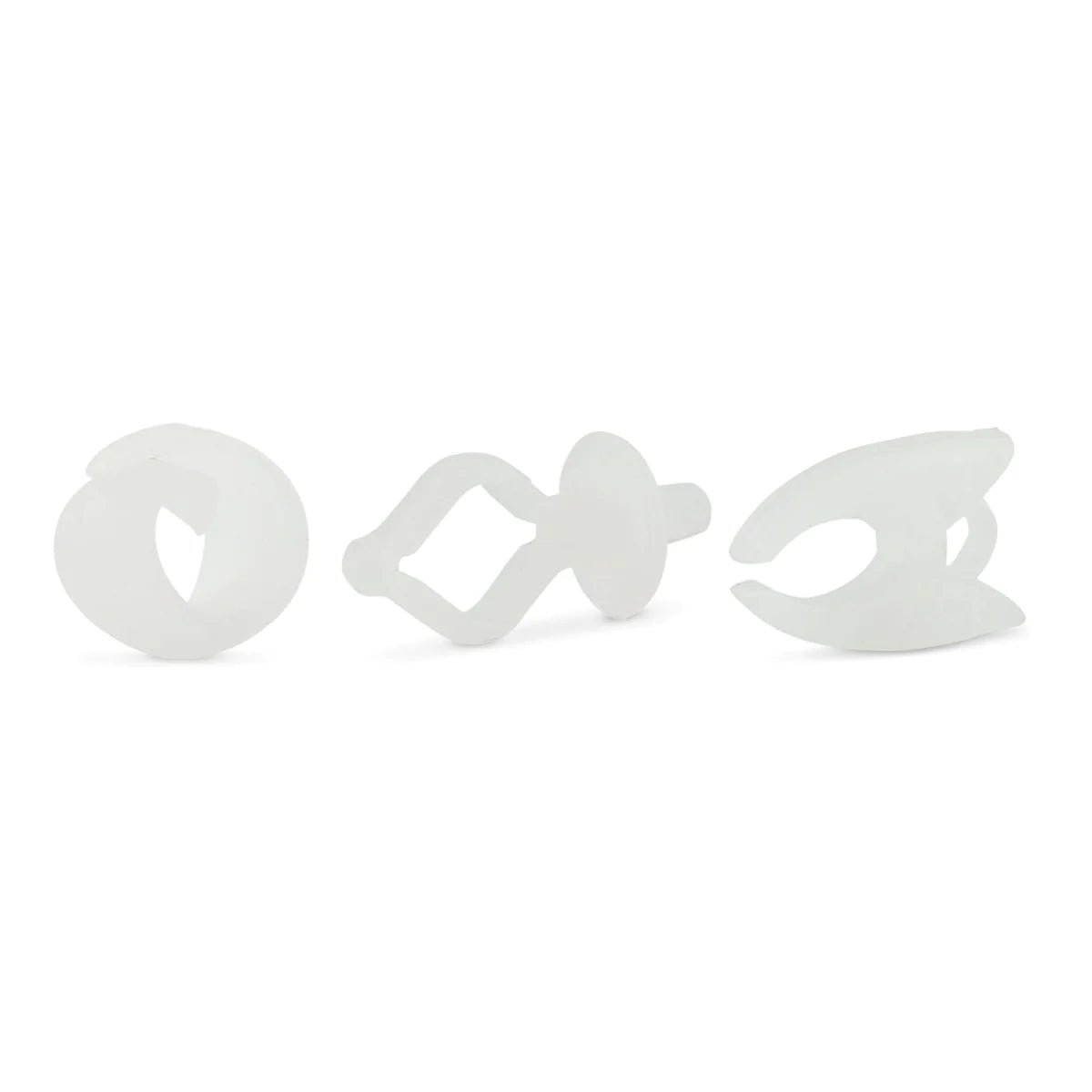
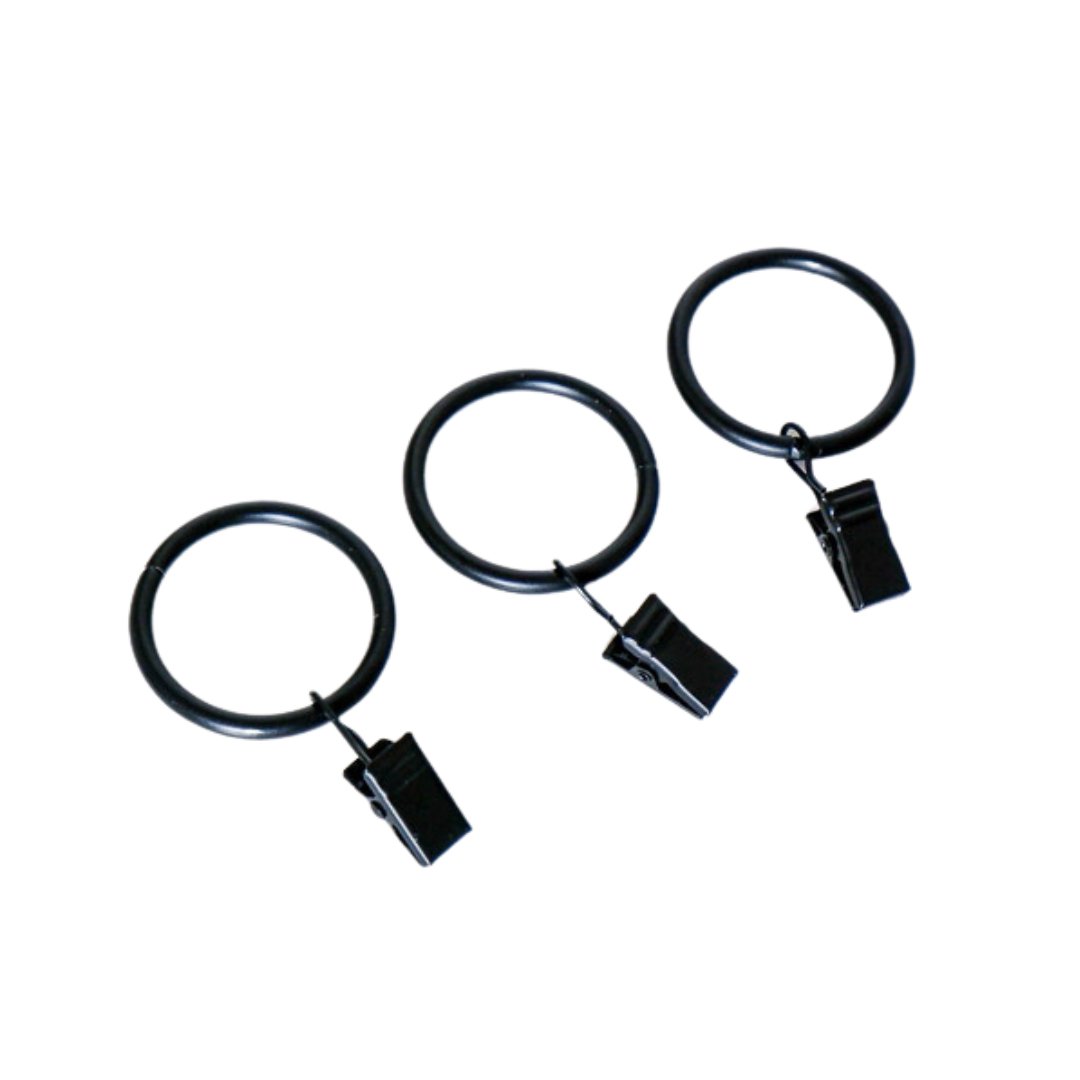
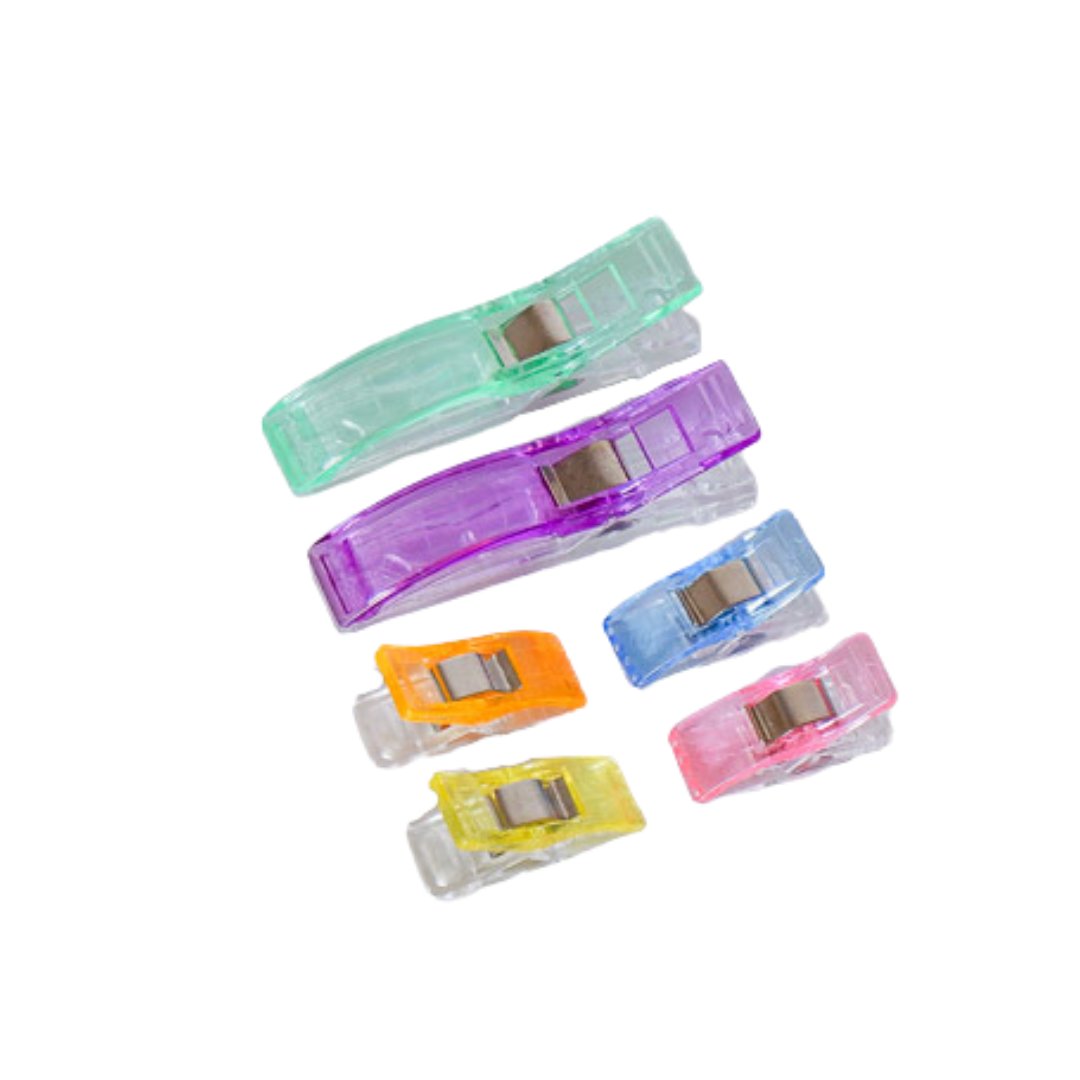
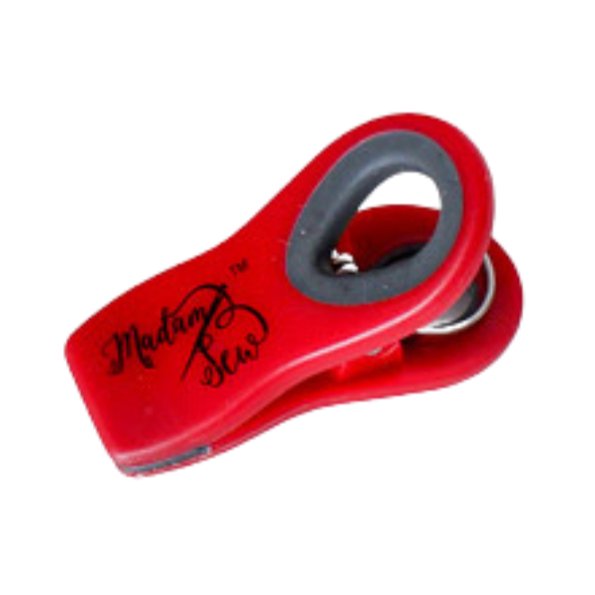
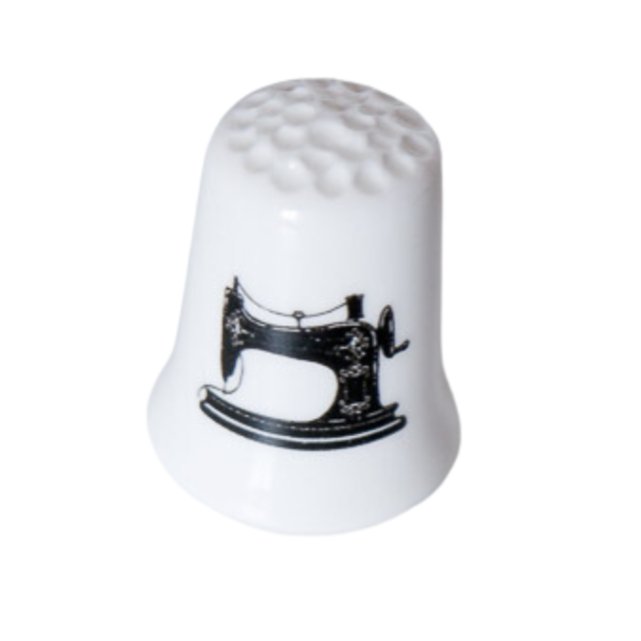
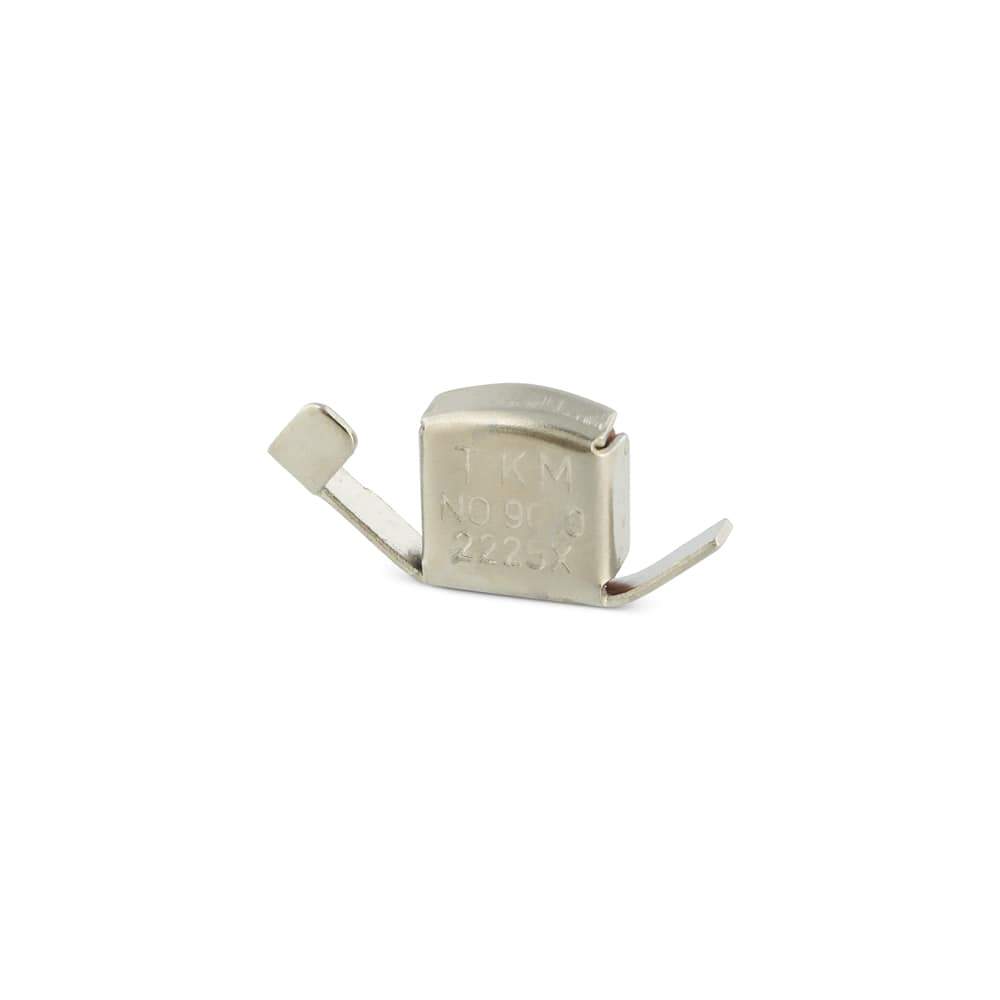

12 comments
Very cute. How do you get pattern dimensions? Would like to make a few.
I would love the pattern or dimensions Great project
Thank you
Love the tutorial on the glasses case! And I already have the pressure foot kit!
What a great gift idea. So nice that you give us these ideas to encourage us to get familiar with these sewing feet. Thank you.
Thank you for the instruction and pattern, I’m going to make this pattern . It looks very easy to make.